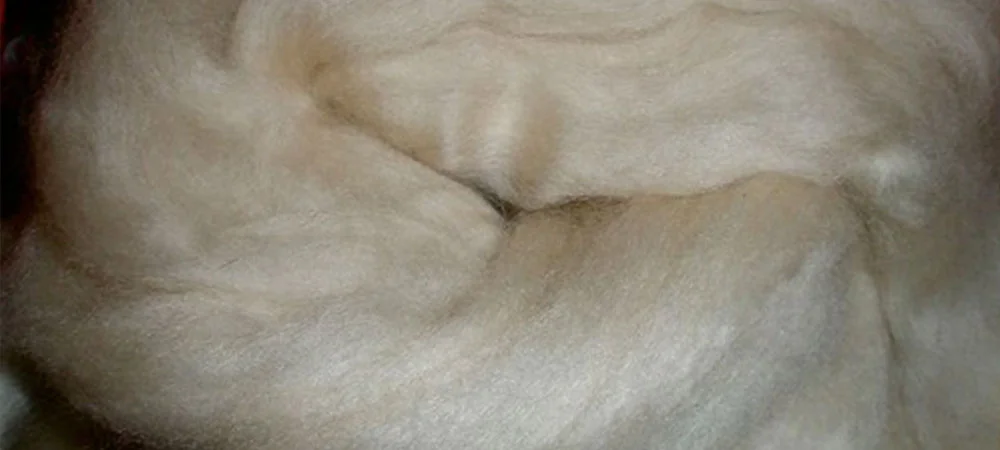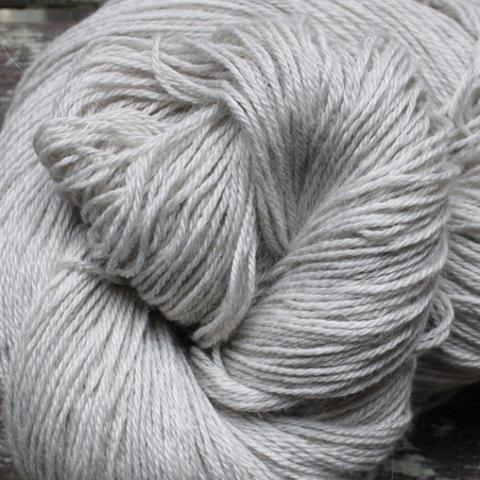What Is Cashmere and Why It’s Known One of the Softest Fabrics in the World
What Is Cashmere and Why It’s Known One of the Softest Fabrics in the World
Blog Article
Recognizing the Different Kinds Of Cashmere a Natural Fiber and Their Distinct Advantages

The Beginnings of Cashmere: A Historical Introduction
While the luxurious touch of cashmere remains to beauty modern customers, its beginnings map back to the severe, chilly climates of Mongolia and the Mountain ranges. For centuries, the native peoples of these areas have actually been increasing Capra Hircus goats, the prime source of cashmere wool. These goats, resistant versus the serious winters months, grew a fine undercoat to make it through, which later on ended up being known as cashmere. The name itself admires Kashmir, a region in India where the woollen was initially refined. Much of the early cashmere trade course was assisted in by the Silk Road, connecting Asia with the Middle East and Europe. Regardless of its global spread, the finest cashmere is still believed to originate from the initial regions of Mongolia and the Himalayas.

The Manufacturing Process: From Goat to Garment
Shearing a Capra Hircus goat notes the beginning of the detailed cashmere production process. The resultant raw cashmere is then washed to eliminate pollutants such as vegetable, dirt, and oil issue.
The tidy fiber undergoes coloring, rotating, and weaving, or knitting, to transform it into a fabric. Complex procedures like quality assurance checks and finishing processes follow, guaranteeing the end item keeps the luxurious criterion anticipated of cashmere. This meticulous process, from goat to garment, justifies the high cost connected to cashmere items, making them an icon of high-end and refinement.
The Various Kinds Of Cashmere: A Comprehensive Evaluation

The Distinct Benefits of Cashmere: Comfort and Sustainability
Relocating from the selection of cashmere kinds to the benefits they offer, comfort and sustainability stick out plainly. Cashmere, an all-natural fiber, is renowned go to this web-site for its unrivaled softness, offering a level of comfort that synthetic fibers can't match. The material's lightness, yet outstanding heat retention, makes it suitable for all periods. Cashmere's natural elasticity allows it to return to its original form, making it immune to extending or reducing.
When it pertains to sustainability, cashmere is renewable and biodegradable, as it's collected from cashmere goats that regrow their coats each year. what is cashmere. Unlike synthetic fibers which can take hundreds of years to break down, cashmere's influence on the setting is very little. This combination of convenience and sustainability makes cashmere a valuable selection for mindful customers

Caring for Your Cashmere: Upkeep and Preservation Tips
While cashmere is unquestionably a sustainable and lavish option, it calls for certain care to preserve its top quality and prolong its life-span. To start, cashmere need to be hand washed utilizing cold water and a moderate cleaning agent. Prevent turning or wringing the garment as it can damage the fibers. Rather, gently eject excess water and lay it flat on a towel to completely dry. Furthermore, cashmere products need to be stored in a trendy and dry location, far from direct sunlight and moisture. Using moth repellents can protect these garments from potential damages. Lastly, it's recommended to stay clear of hanging cashmere to prevent stretching. Instead, fold and shop them appropriately to keep their shape and quality gradually.
Buying Cashmere: Recognizing Its Worth and Well Worth
Although cashmere may at first look like an expensive financial investment, its lasting worth and worth become apparent when you consider its remarkable qualities. Recognized for its unequaled gentleness and heat, cashmere is a costs all-natural fiber that outmatches various other materials. Its high demand and minimal supply add to its high cost, but its durability guarantees it lasts for years, using exceptional value for cash. Cashmere pieces are timeless, often coming to be treasures passed down via generations. what is cashmere. Its all-natural protecting properties give warmth without the mass of artificial fibers. Investing in cashmere, as a result, is not just concerning current style trends, yet about welcoming a sustainable, durable, and extravagant lifestyle.
Final Thought
In recap, the kind of cashmere one chooses, be it Mongolian, Chinese, or Italian, is dictated by private choices for heat, luxury, budget, and sustainability. The value of cashmere extends beyond its price, with comfort and durability contributing to its worth. Appropriate care and maintenance can here ensure its preservation. As a result, recognizing the beginnings, manufacturing procedure, and unique advantages of various sorts of cashmere can lead customers in their financial investment in this lavish natural fiber.
Whether it's the remarkable warmth of Mongolian cashmere, the price of Chinese cashmere, or the eco-conscious production of Italian cashmere, there's a tale to be found behind each fiber type. Cashmere, an all-natural fiber, is renowned for its exceptional softness, giving a degree of convenience that synthetic fibers can not match.When it comes to sustainability, cashmere is eco-friendly and naturally degradable, as it's harvested from cashmere goats that regrow their coats every year. Known for its unmatched softness and heat, cashmere is a premium all-natural fiber that surpasses various other materials. Understanding the origins, manufacturing procedure, and distinct advantages of different kinds of more cashmere can direct consumers in their financial investment in this glamorous all-natural fiber.
Report this page